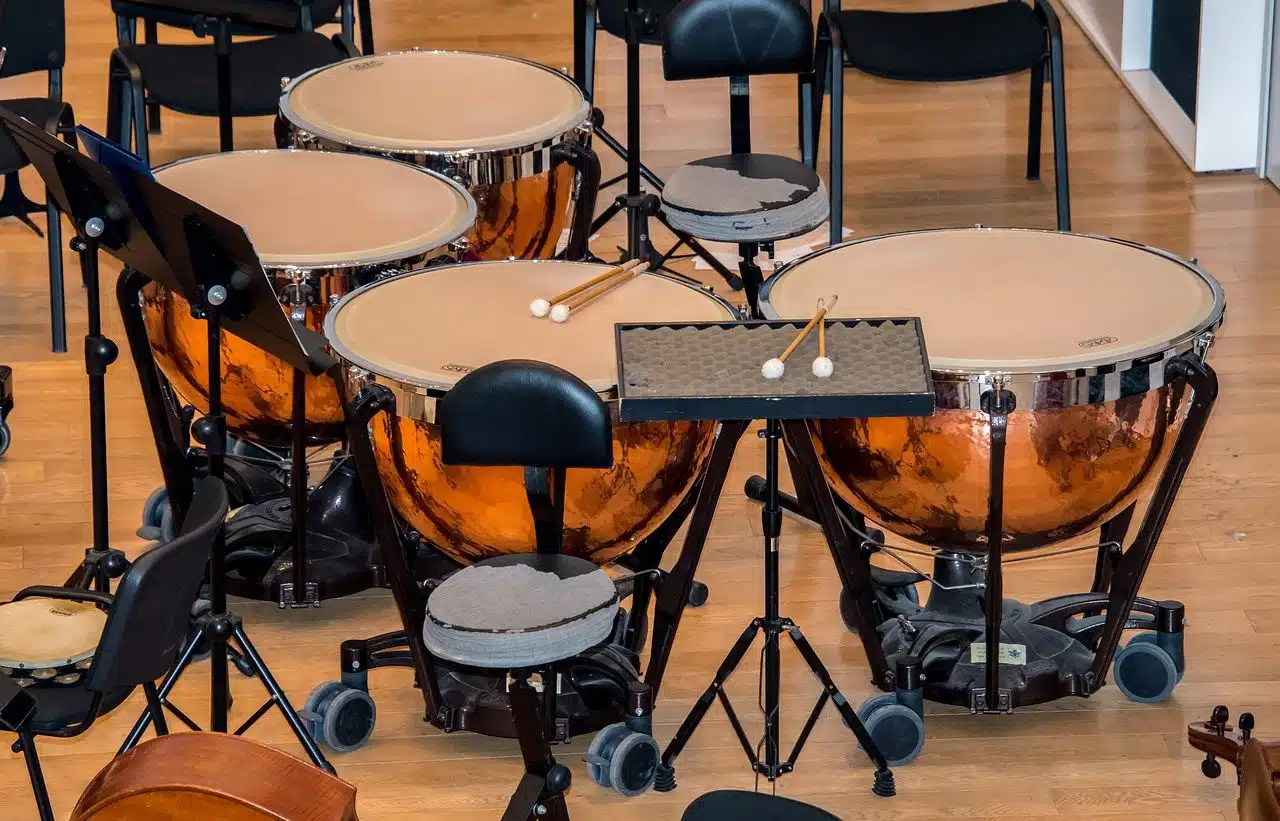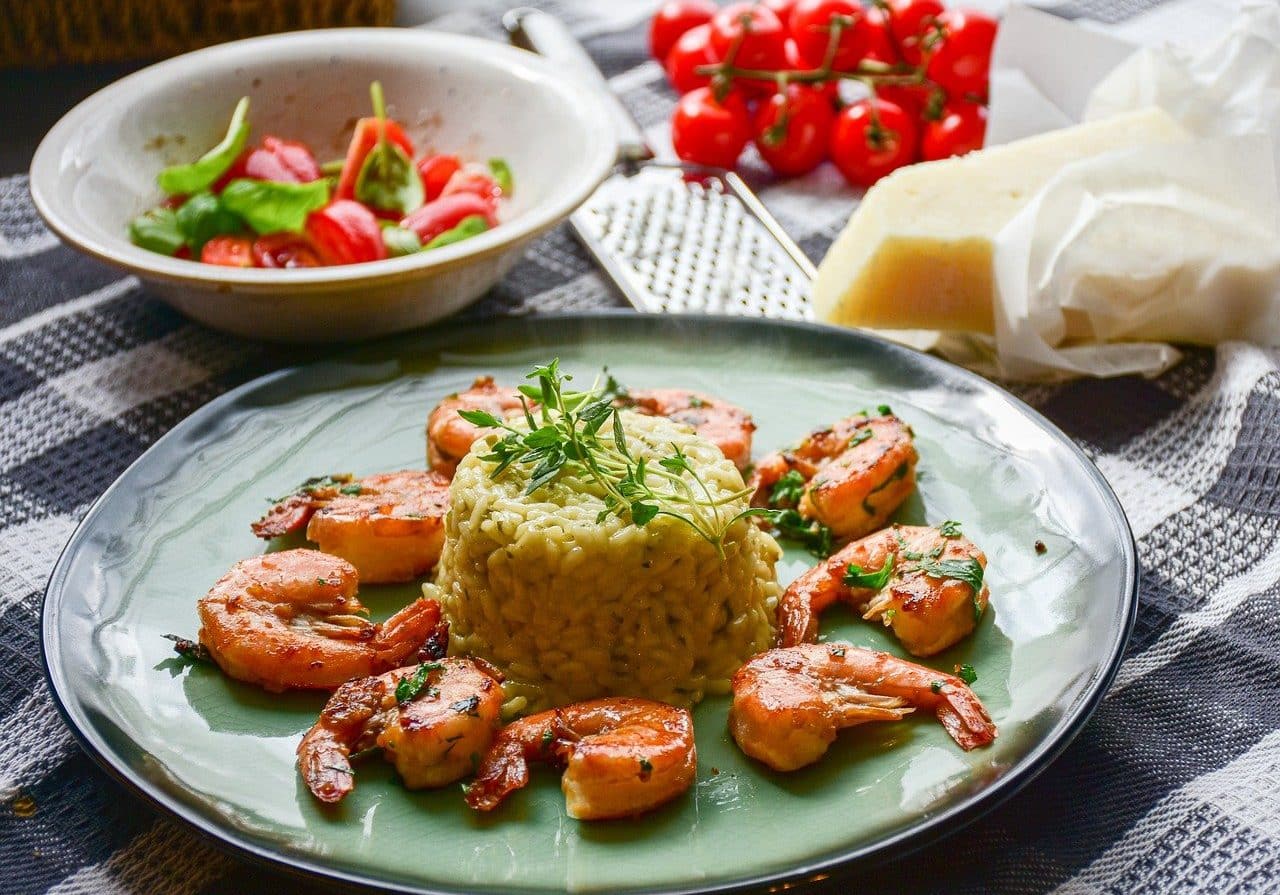
The timpani is a percussion instrument.
A timpani is a percussion instrument similar to the drum , which has a single head and is struck with a drumstick or drumstick. The etymology of the term takes us to the Latin word tympănum , which in turn comes from the Greek language.
The usual thing is for two timpani , tempered in different ways, to be played simultaneously. It is possible to differentiate between the Brazilian timpani , the Latin timpani and the concert timpani , instruments that have different characteristics. Among the famous musicians who have played the timbales are Tito Puente , Aníbal López and Tito Rodríguez .
The concert timpani
The concert timpani is also known as the tympani and is one of the most common instruments in large orchestras.
Like the other versions, it belongs to the family of membranophone instruments, produced with a taut membrane (head) that can be made of synthetic materials or animal skin. Its membrane has a low sound, and the blows it generates are resonant or dry. The rest of the body is a copper cauldron.
History of this musical instrument
Regarding its history, it is worth mentioning that the orchestra timpani has existed for several centuries , although it only had a role in a relevant opera in 1675 : Jean-Baptiste Lully , an important French composer born in Italy , wrote several parts for this instrument in "Theseus" . It wasn't long before other composers contemporary with Lully followed in his footsteps. At that time, the high timpani was tuned to the tonic (the main key of a work), while the low one was tuned to the dominant (the fifth degree of a key; for example, the dominant of C major is G).
Later, already in the middle of the Baroque, Johann Sebastian Bach composed a cantata in which the timpani played a very important role , so much so that the beginning is a solo of this instrument. It's about "Sound, timpani!" Sound, trumpets! , performed for the first time in 1733 on the occasion of the celebration of the birthday of the Queen of Poland .
During the 19th century , Ludwig van Beethoven was responsible for revolutionizing the way timpani music was understood and performed. In addition to having created pieces in which they must be tuned in intervals of fourths or fifths, it also gave him the importance of an independent voice . Some examples of this are found in his Violin Concerto in D major, Op.61 , as well as in the scherzo of Symphony No. 9 in D minor, where the timpani must play a counterpoint with the rest of the instruments.
Over the centuries, timbales went through various changes, both in the technology and materials used for their construction and in their size; Today, these instruments are much larger and deeper than 400 years ago.

It is common for rice to be served in timbales.
Timbales in gastronomy
The notion of timpani is also used in the field of gastronomy . The timbales, in this sense, are short molds with a somewhat cylindrical or conical shape that are used to shape certain preparations .
Many times timbales are used to accommodate the already cooked rice . In this way, the cook first boils the rice in a pot and then, when it is cooked, he puts it in the timbale. By turning the mold on the plate and finally removing it, the rice is served in the shape of the mold. Cuban rice , which includes tomato, fried egg and fried banana (fried plantain), is usually served with timbales.
Timbal de masa , on the other hand, is a recipe that involves filling a dough made with some fat and flour. After making the dough, it is filled with noodles, vegetables, fruits or other ingredients, and placed in the drum to take its shape.
